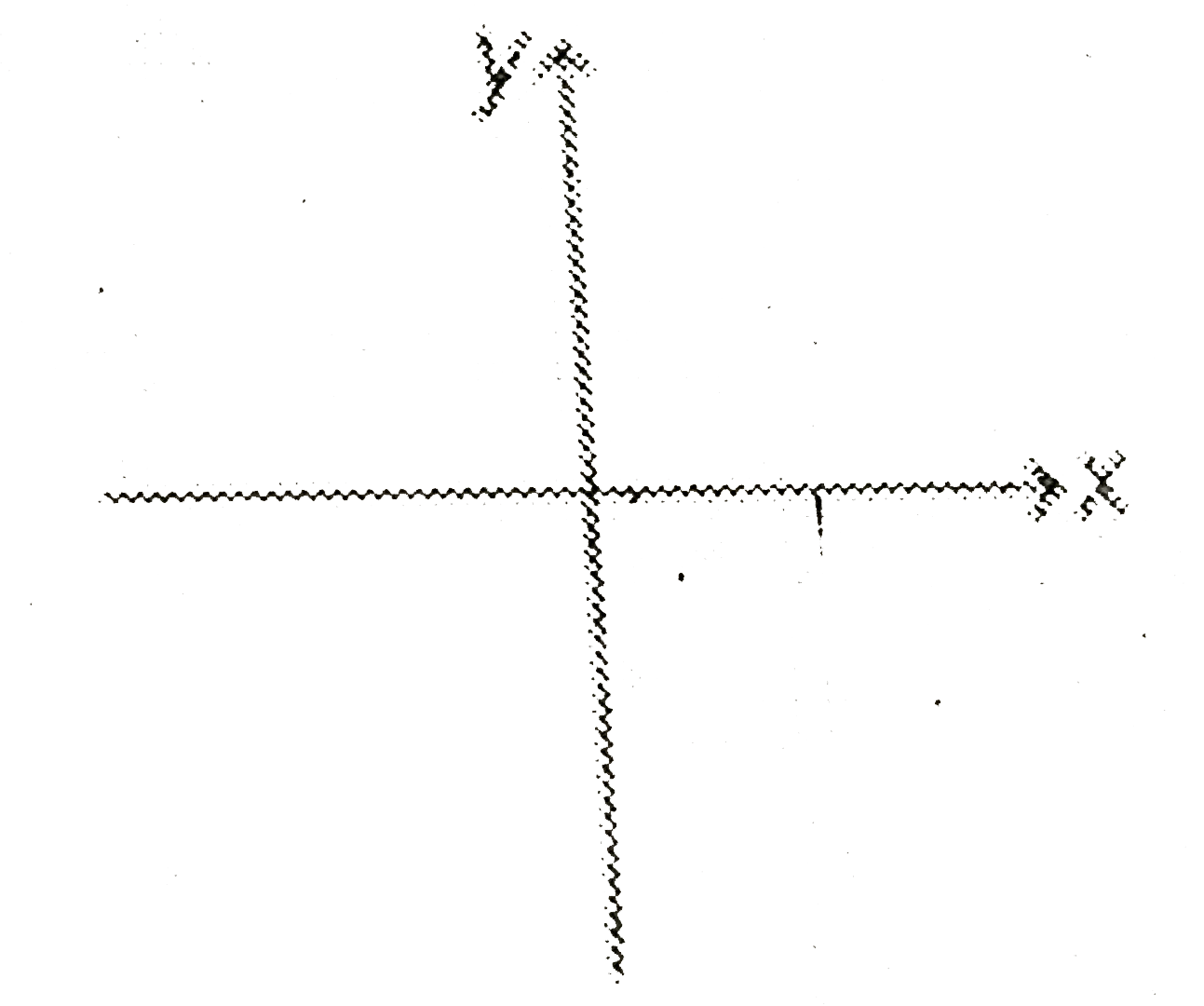A particle is SHM is described by the displacement function.
x=Acos(ωt+ϕ),where,ω=2π/T
If the initial (t = 0) position of the particle is 1 cm and its initial velocity is πcms−1, what is the initial phase angle ? The angular frequency of the particle is πs−1.
3π/4
2π/4
5π/4
7π/4
The correct Answer is:A
Here, at t = 0, x = 1 cm and v=πcms−1,ϕ=?,ω=πs−1
Given, x=Acos(ωt+ϕ)
1=Acos(π×0+ϕ)=Acosϕ ...(i)
Velocity, v=dxdt=−Aωsin(ωt+ϕ)
∴ π=−Aπsin(π×0+ϕ)=−Aπsinϕ ...(ii)
or 1=−Asinϕ⇒Asinϕ=−1
Dividing Eq. (ii) by Eq. (i), we get
tanϕ=−1=−tanπ4=tan(π−π4)=tan3π4orϕ=3π4
Topper's Solved these Questions
- BOOK - MHTCET PREVIOUS YEAR PAPERS AND PRACTICE PAPERSCHAPTER - OSCILLATIONSEXERCISE - EXERCISE 167videos
OSCILLATIONS
- BOOK - MHTCET PREVIOUS YEAR PAPERS AND PRACTICE PAPERSCHAPTER - OSCILLATIONSEXERCISE - EXERCISE 249videos
OSCILLATIONS
- BOOK - MHTCET PREVIOUS YEAR PAPERS AND PRACTICE PAPERSCHAPTER - MOCK TEST 5EXERCISE - MCQs42videos
MOCK TEST 5
- BOOK - MHTCET PREVIOUS YEAR PAPERS AND PRACTICE PAPERSCHAPTER - PRACTICE SET 01EXERCISE - PAPER 1 (PHYSICS & CHEMISTRY)50videos
PRACTICE SET 01
Similar Questions
The motion of a particle in S.H.M. is described by the displacement function, x=Acos(ωt+ϕ), If the initial (t=0) position of the particle is 1cm and its initial velocity is ωcms−1, what are its amplitude and initial phase angle ? The angular frequency of the particle is πs−1. If instead of the cosine function, we choos the sine function to describe the SHM:x=Bsin(ωt+α), what are the amlitude and intial phase of the particle with the above intial conditions ?
View SolutionA particle is executing SHM given by x=Asin(πt+ϕ). The initial displacement of particle is 1cm and its initial velocity is πcm/sec. Find the amplitude of motion and initial phase of the particle.
View Solution
Knowledge Check
- Question 1 - Select One
A particle is SHM is discribed by the displacement function x(t)=acos(Δω+θ) If the initial (t=0) position of the particle 1cm and its initial velocity is πcm/s The angular frequency of the particle is πrad/s, then its amplitude is
A1cmB√2cmC2cmD2.5cm - Question 2 - Select One
A particle executing SHM is described by the displacement function x(t)=Acos(ωt+ϕ), if the initial (t=0) position of the particle is 1 cm, its initial velocity is πi cm s−1 and its angular frequency is πs−1, then the amplitude of its motion is
AπcmB2 cmC√2cmD1 cm - Question 3 - Select One
A particles is SHM is described by the displacement function x(t)=acos(ωt+θ). If the initinal (t=0) position of the particle is 1 cm and its initinal velcotiy is πcm/s. The angular frequncy of the particle is πrad/s. Then is amplitude is
A1 cmB√2cmC2cmD2.5cm
A particle in simple harmonic motion is described by the displacement functionx(t)=Acos(ωt+θ). If the initial (t = 0) position of the particle is 1 cm, its initial velocity is it cm/s, and its angular speed is π radian per second then its amplitude is
View SolutionThe displacement of a particle in S.H.M. is given by x=Bsin(ωt+α). The initial position (at time t=0), of the particle is the initial phase angle if the angular frequency of the particle is πrad/s ?
View SolutionA particle performing S.H.M. with the initial phase angle is π/2. Then the particle is at
View SolutionA particle executes simple harmonic motion according to the displacement equation y=10cos(2πt+π6)cm where t is in second The velocity of the particle at t=16 second will be
View SolutionA xandy co-ordinates of a particle are x=Asin(ωt)andy=Asin(ωt+π/2). Then, the motion of the particle is
 View Solution
View Solution

